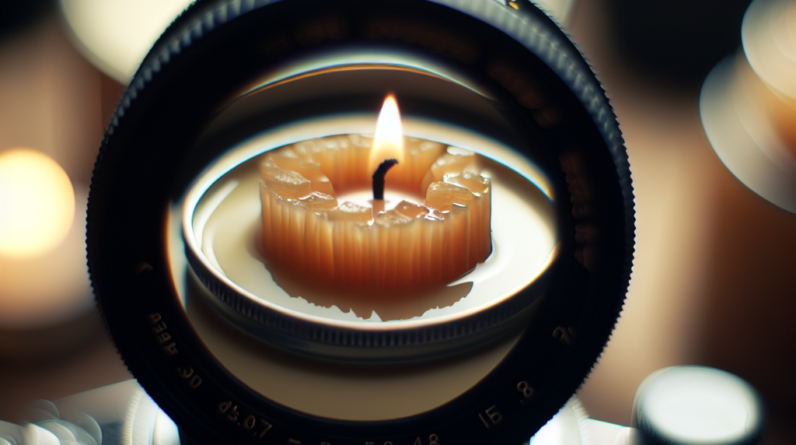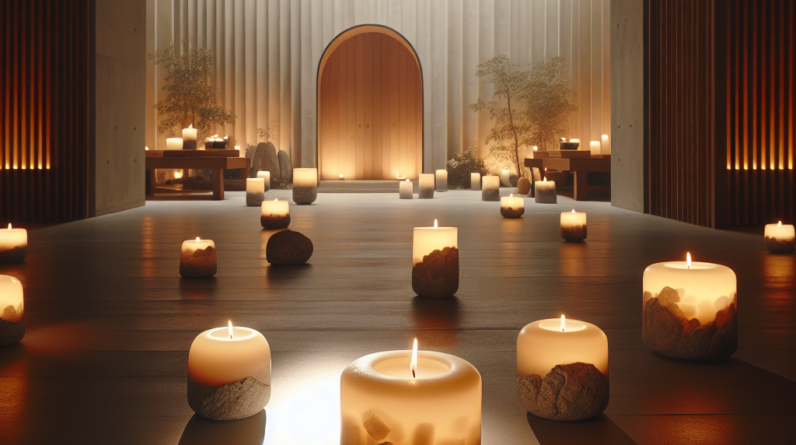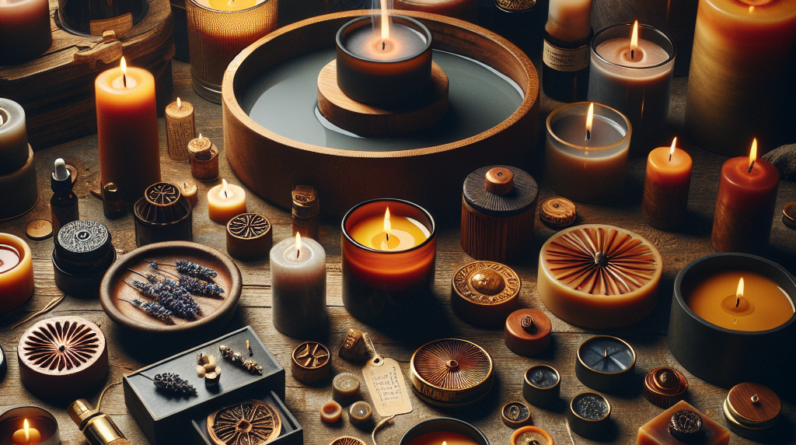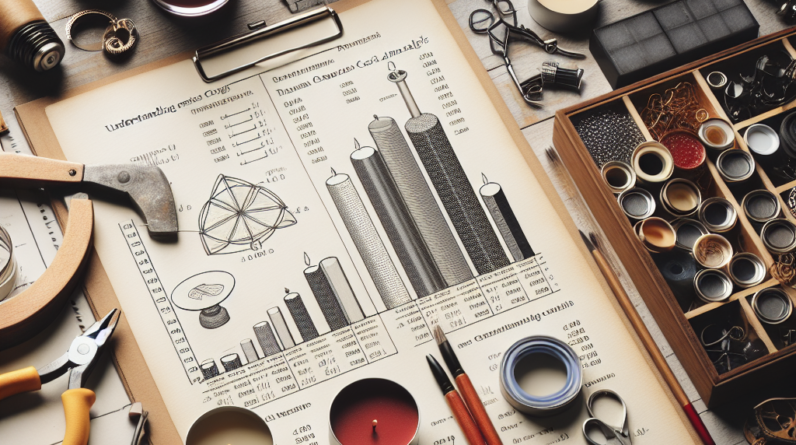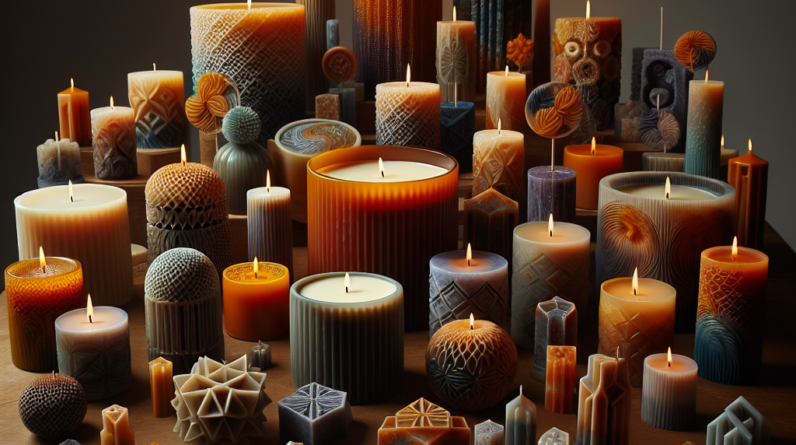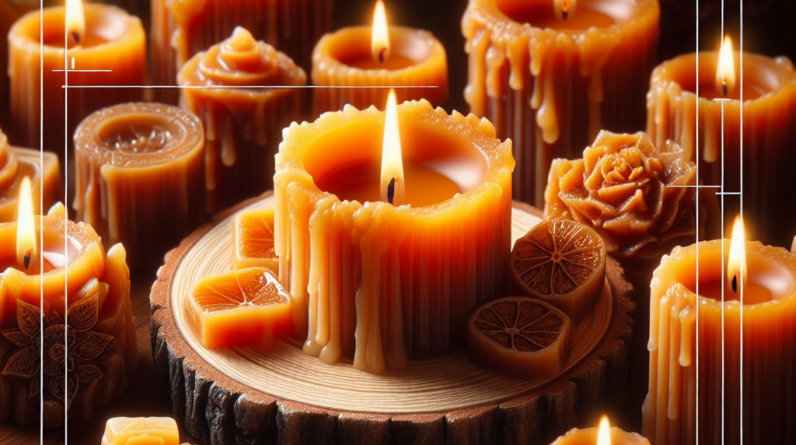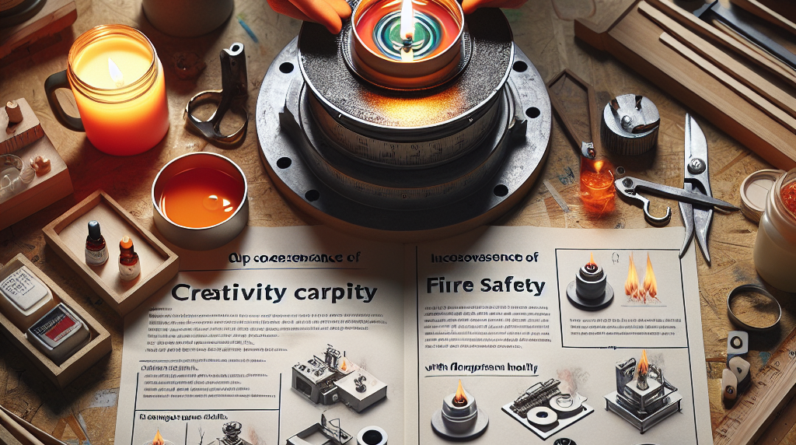
Understanding the Materials Used in Resin Candles
Choosing the Right Resin
When I first started experimenting with resin candles, I was overwhelmed by all the options available. The resin you choose can greatly affect not just the look, but the safety of the final product. Some resins are more flammable than others, and if you pick the wrong one, you might find yourself facing a fire hazard. It’s essential to read the labels and research which resins are deemed safer for candle-making.
Another aspect I discovered is the importance of temperature. Different resins have specific heat thresholds. If you’re pouring resin that’s too hot, it might ignite or produce fumes that are toxic. Personally, I’ve learned to keep a thermometer handy when mixing my materials, ensuring I’m within safe limits. Remember, safety first!
Lastly, don’t forget about additives. If you’re adding scents or colors to your resin, make sure they’re fire-safe as well. Not all fragrances used in candles are suitable for resin, so always double-check compatibility. Trust me, you’d rather be safe than sorry!
Fire Safety Gear
In my early candle-making days, safety gear seemed like optional accessories. I quickly realized that proper gear is crucial! Always equip yourself with gloves and goggles. Resin can be messy, and you don’t want to end up with it stuck on your skin or in your eyes. I’ve had a few mishaps and can assure you that having the right gear is key to a smooth crafting experience.
I also recommend having a well-ventilated area. Resin fumes can cause discomfort or irritation if inhaled. I always work near an open window or use a fan to keep the air circulating. This way, you’re not just crafting, but doing it safe and sound!
Lastly, consider using a fire extinguisher nearby. Yes, it might seem a bit excessive, but it gives you peace of mind. Accidents can happen, and knowing you have safety measures in place can make a world of difference.
Storage and Disposal of Materials
One thing I learned the hard way is how you store your resin materials. Keeping the containers sealed and stored away from heat sources is vital. I’ve made it a habit to treat all my resin and additives as potential fire hazards. It’s better to be overly cautious than to have a surprise flare-up in your craft area!
When it comes to disposal, don’t be tempted to just toss leftover resin and materials in the regular trash. I always check for local guidelines on hazardous waste disposal. Some areas have specific drop-off points for materials that could be toxic or flammable. It can take a bit of effort, but it’s worth it!
Also, clean up your workspace regularly. I try to dedicate a few minutes after every session to wipe down surfaces and store materials properly. This simple step can prevent potential fires from overheated or spilled materials. Trust me; keeping things tidy truly helps!
Safe Candle-Making Practices
Preparation Before You Start
Before diving into a new resin-candle project, I always take a moment to prepare my workspace. This means clearing off any clutter that might catch fire. I can’t stress enough how important it is to have a clean space – it’s a game-changer!
I also lay out all my materials ahead of time—resin, molds, wicks, and color additives. Having everything ready to go means fewer rushed movements, which can lead to accidents. Taking your time in the prep phase will save you headaches later, I promise!
Lastly, I always check my tools! Ensuring that the molds are in good condition and my pouring tools are clean helps prevent any mishaps. It’s a small step, but it can make your experience smooth and enjoyable.
Monitoring the Pouring Process
The pouring stage can be super exciting, but it’s also when things can go wrong. I always follow the instructions for mixing and pouring to the letter! It can be tempting to take shortcuts when you’re eager to see your creation come to life, but safety must come first.
As I pour, I keep my temperature gauge nearby to monitor the heat. If you’re pouring resin that’s too hot, it can release fumes or even catch fire. I’ve learned to take my time during this stage because rushing can lead to some pretty scary situations. Just breathe and focus on the task at hand!
Lastly, I avoid distractions. It’s easy to get sidetracked while chatting with friends or scrolling on my phone, but when I’m working with resin, I give it my full attention. Put on your favorite music, but stay aware of what you’re doing!
Proper Curing and Finalization
Once the resin is poured, it’s crucial to let it cure in a safe environment. I always place my molds in a cool, dry area away from any heat sources. I even set reminders for myself to check on the curing process because sometimes I get eager and want to rush it. Patience really pays off!
While curing, keep the area free from moisture. I’ve noticed that too much humidity can affect the final product, and I don’t want to end up with a sticky mess after all my hard work. Maintaining a controlled environment is something I prioritize to ensure a beautiful finish.
Lastly, I always double-check my candles once everything is cured. If I see any imperfections or issues, I address them immediately. Ensuring quality not only enhances the beauty of the candle but also confirms it’s safe to use. That’s a win-win!
Staying Informed and Updated
Continuing Education on Resin Safety
I firmly believe that as crafters, we should keep learning. The resin industry is constantly evolving! New products and safety guidelines pop up all the time. I make it a point to follow resin-related blogs, forums, and even local classes to stay informed. You never know when a new safety standard could help you out.
Also, get connected with other resin enthusiasts. Joining Facebook groups or local craft circles has opened up whole new worlds of information for me. We share tips and updates that help us all stay safe and create beautiful pieces.
Remember, knowledge is power! The more I learn, the better I become at not just making candles but also ensuring my entire process is safe. We owe it to ourselves and our families to be informed crafters.
Sharing Knowledge with Others
Whenever I learn something new about fire safety, I always share it with friends and fellow creators. Encouraging others to prioritize safety enhances the community’s overall well-being. Whether it’s sharing a post online or discussing it during craft nights, it’s essential to spread that knowledge!
I’ve found that hosting candle-making workshops is a fantastic way to teach others about fire safety in resin crafting. It’s not just about making candles; it’s about understanding the materials and being responsible while enjoying our crafts.
Lastly, never underestimate the power of small conversations. Talking about safety while making candles can lead to greater awareness, which is a win for everyone involved. I love how we can build a culture of safety together!
Conclusion
Making resin candles can be an exhilarating and rewarding experience, but never forget the fire safety aspect. By being aware of the materials, practicing safe candle making, and staying informed, you’ll significantly reduce risks. Let’s enjoy our crafting journeys while keeping our spaces safe!
Frequently Asked Questions
1. What type of resin is safest for candle making?
The safest types of resin are often specifically labeled for candle making. Look for low-flammable resins and always check for safety certifications on the packaging.
2. What safety gear should I wear when working with resin?
You should wear gloves and safety goggles to protect your skin and eyes. Additionally, ensure you are in a well-ventilated area to avoid inhaling fumes.
3. How should I store leftover resin and materials?
Always store your resin and materials in a cool, dry place away from heat sources. Keep them sealed tightly to prevent leaks or spills.
4. Can I use regular candle scents in resin candles?
Not all candle scents are safe for resin, so always check their compatibility. Usage of fire-safe additives is crucial to ensure the candle doesn’t become a fire hazard.
5. Why is it necessary to monitor the pouring process closely?
Monitoring the pouring process is vital because if the resin is too hot, it can release harmful fumes or catch fire. Plus, it helps avoid messy spills and creates better-quality candles.

